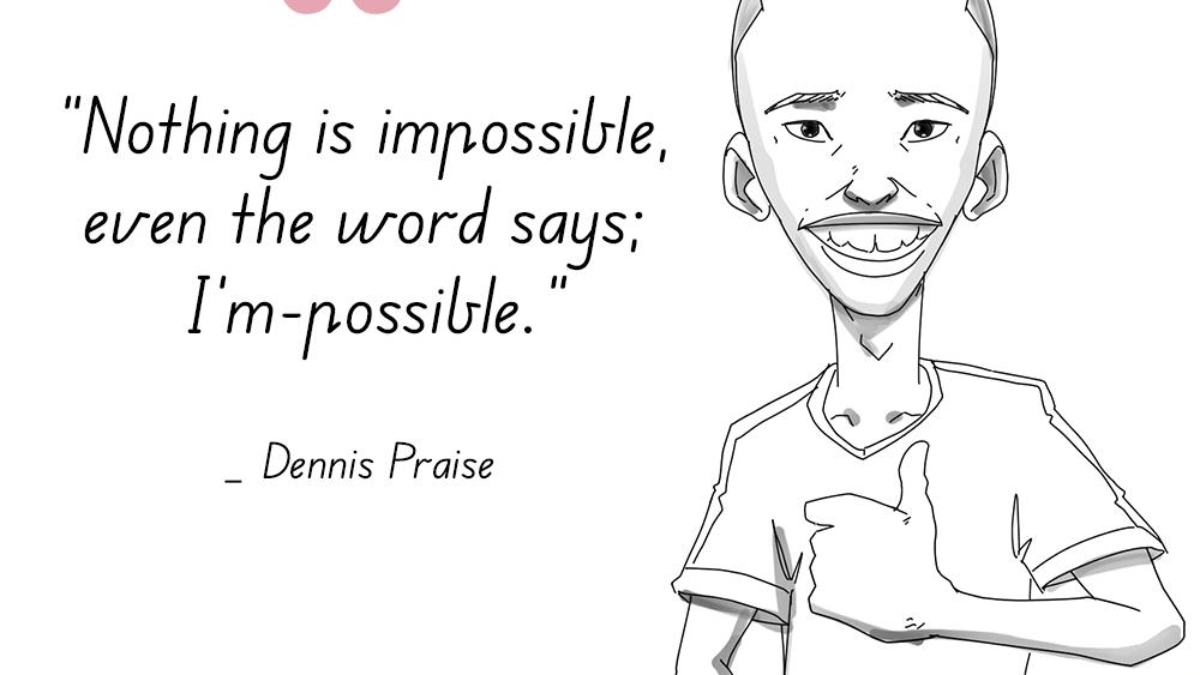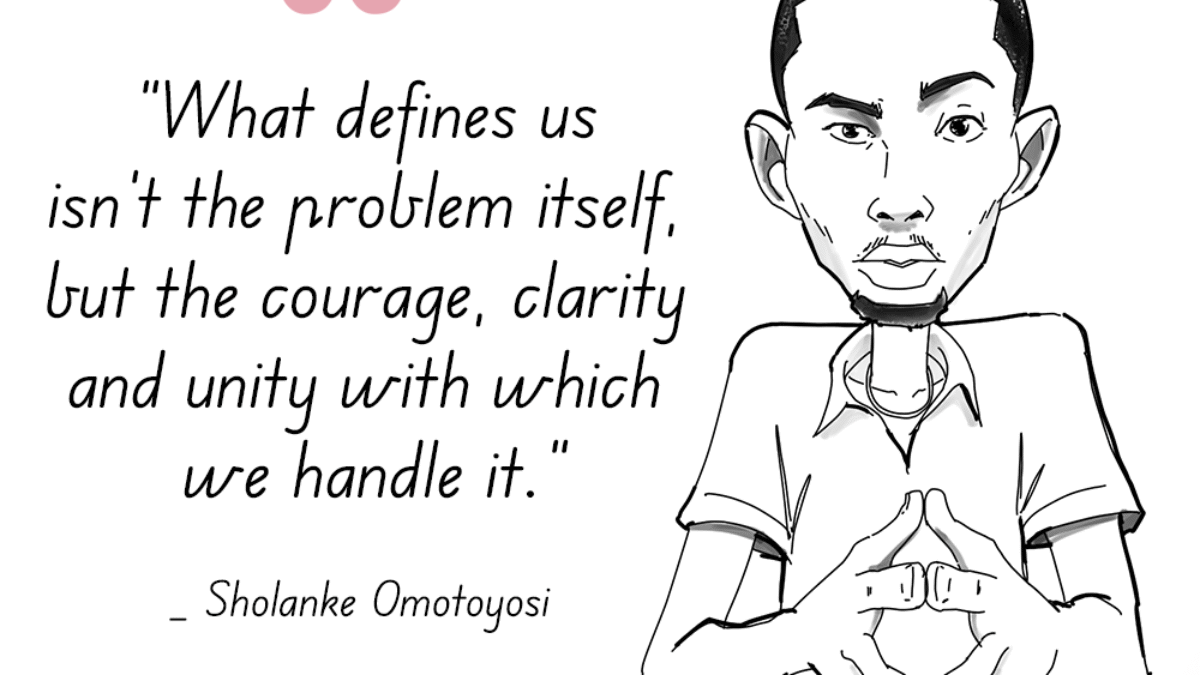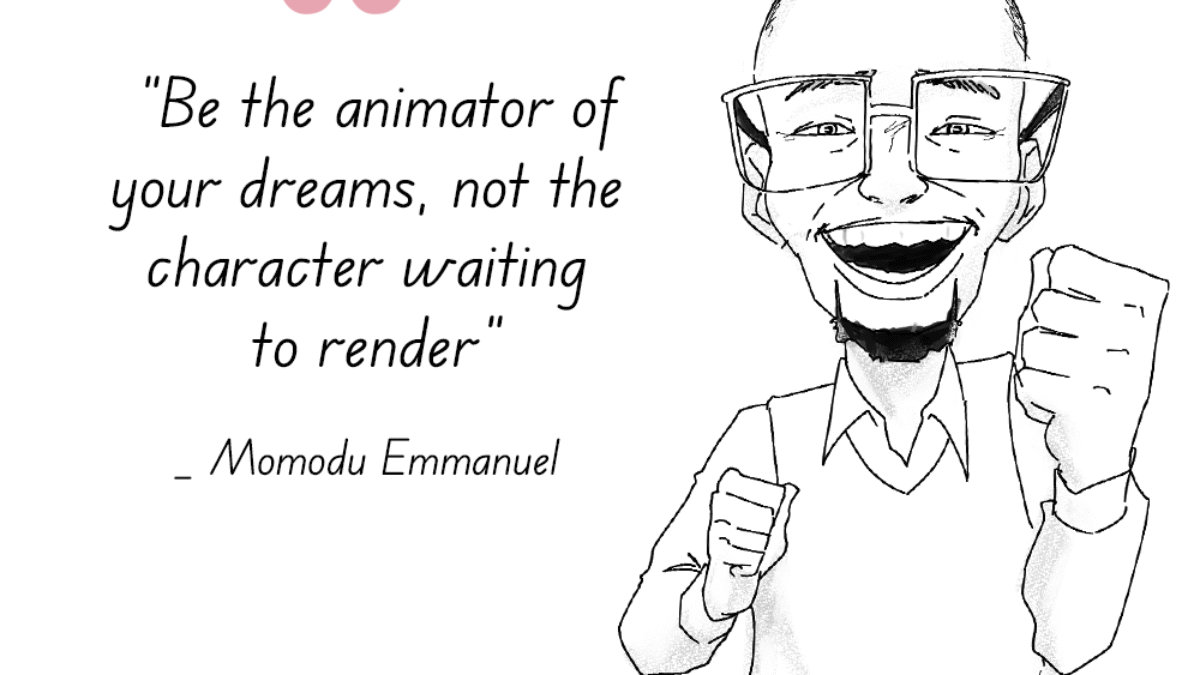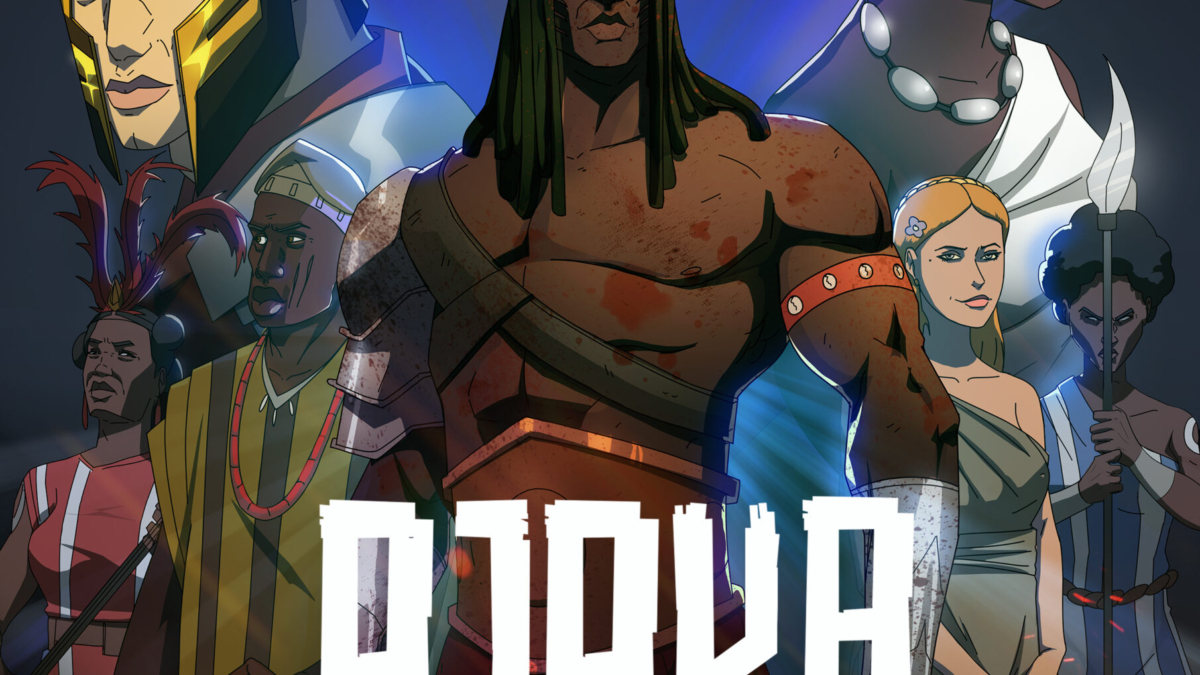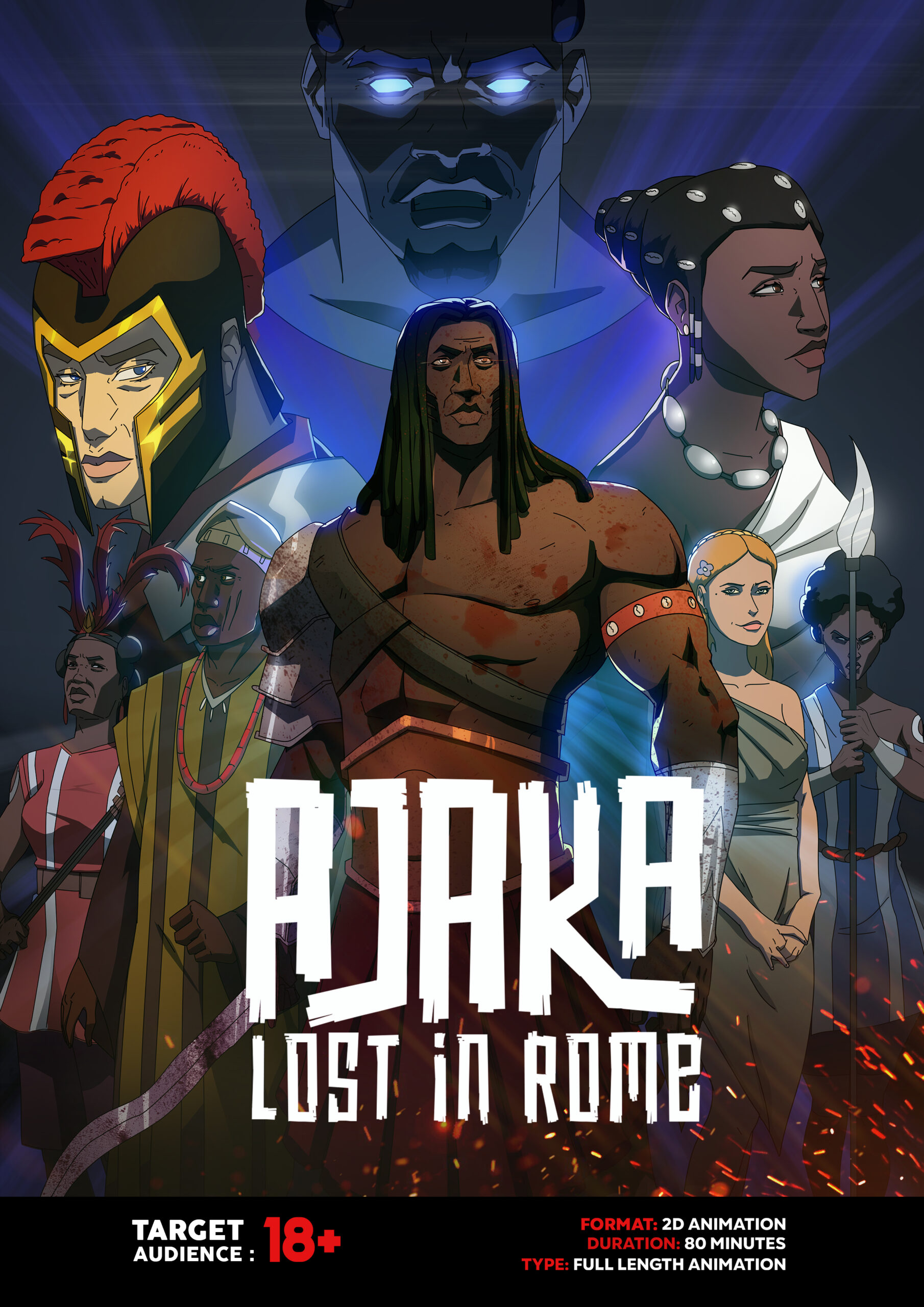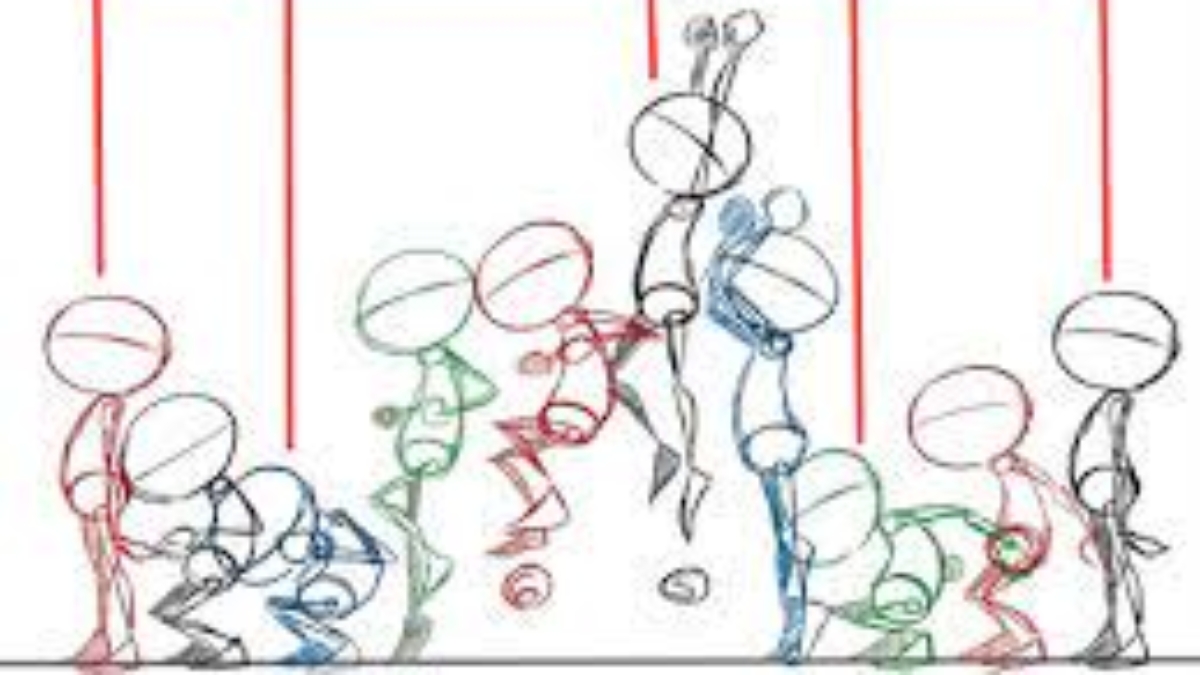Motivation is the invisible force that drives us to take action, make progress, and achieve our dreams. It’s what gets you out of bed in the morning, keeps you pushing through challenges, and helps you stay focused on what truly matters. But motivation isn’t something that stays constant, it needs to be nurtured, renewed, and cultivated daily.
Whether you’re working toward personal goals or leading a team, motivation thrives on clarity, purpose, and the right environment. It doesn’t just appear; it’s built through intentional effort and positive habits
What Is Motivation?
Motivation is the inner spark or external push that compels you to act, make changes, and pursue your goals. It’s influenced by biological, emotional, cognitive, and social factors.
There are two main types of motivation:
- Intrinsic Motivation – comes from personal passion, interest, or fulfillment.
- Extrinsic Motivation – driven by external rewards, recognition, or outcomes.
Both play an important role in helping us start tasks, stay consistent, and reach success.
Why Motivation Matters
Staying motivated is essential for:
- Personal growth and development
- Building self-discipline and consistency
- Achieving long-term goals
- Inspiring others and maintaining team performance
Motivation fuels momentum; the more you nurture it, the easier it becomes to stay on track, even on hard days.
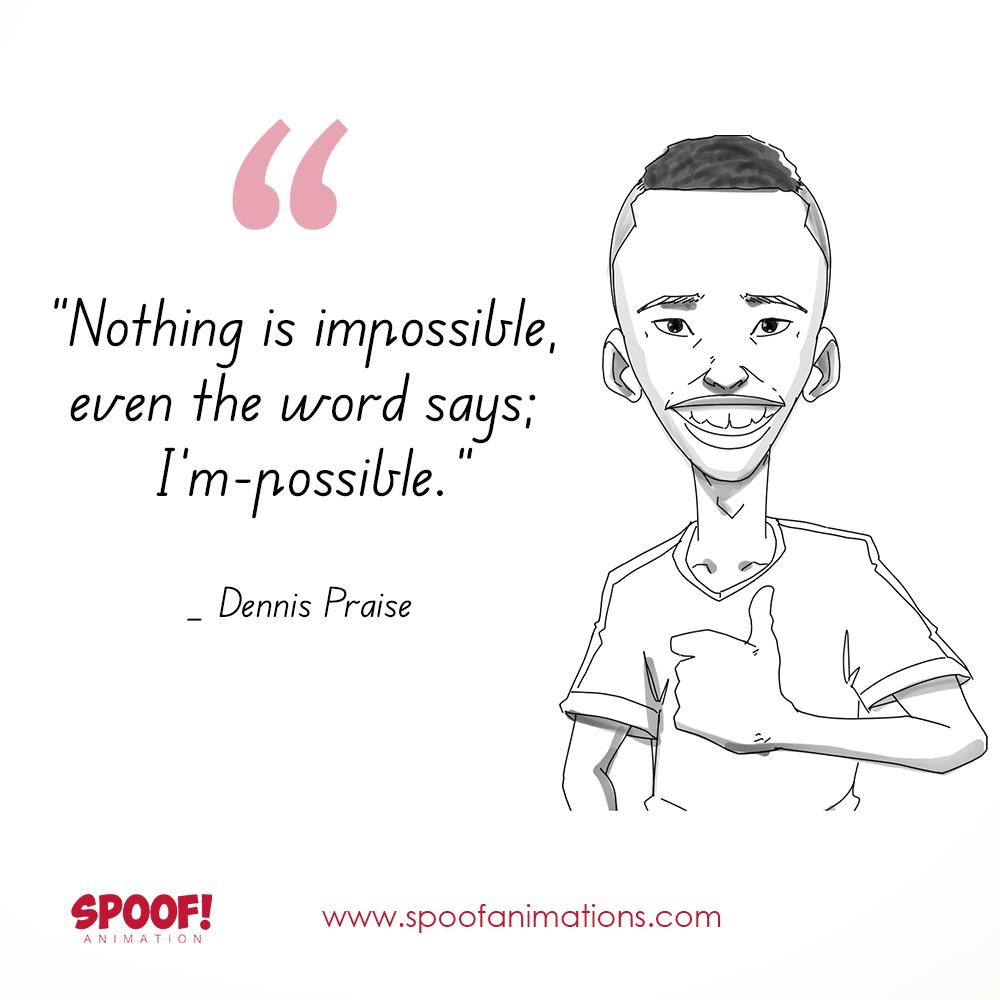
Five Effective Ways to Stay Motivated
1. Have Clear Goals
Set specific, measurable, and realistic goals. Knowing exactly what you want gives direction and focus. Break big objectives into smaller, manageable tasks.
2. Connect to Your Purpose
Purpose is the emotional fuel behind every action.
Remind yourself why you started. When your actions align with your values, motivation feels natural and lasting.
3. Track Your Progress
Celebrate how far you’ve come. Tracking your progress, whether through a journal, checklist, or app, helps you see improvement and stay encouraged.
4. Build a Positive Environment
Surround yourself with people who uplift, support, and inspire you. Motivation grows in spaces filled with encouragement from a supportive team and a playlist that keeps your energy high.
5. Reward Yourself
Recognize your efforts and celebrate small victories.
Treat yourself to something simple, a snack, a short break, or a relaxing moment. Rewards train your brain to associate effort with satisfaction.
How to Regain Motivation When You Feel Stuck
Everyone faces low-energy days, the key is to restart gently instead of waiting for inspiration to strike.
Here’s how to get your motivation back:
- Remember Your “Why.” Revisit what your goal means to you. Write it down and read it aloud when energy dips.
- Forgive Slow Days. Progress isn’t always fast. What matters most is choosing to begin again.
- Set Clear, Achievable Goals. Break large tasks into smaller wins to build confidence.
- Recognize Effort. Celebrate progress, even small steps. Acknowledging growth builds morale.
- Empower Yourself (or Your Team). Motivation grows when people feel trusted. Offer choices in how tasks are approached; it encourages ownership and creativity.
- Keep Communication Open. Listen, share ideas, and treat mistakes as learning opportunities. A positive mindset fuels lasting motivation.
- Change Your Environment. Sometimes, all you need is a new space, a tidy desk, or a short walk to reset your perspective.
The secret is simple: don’t wait to feel ready; start small, and keep going.
Final Thoughts: Be Spoof. Be Passionate. Be Inspired.
Motivation is not a one-time spark; it’s a practice.
Stay intentional about your goals, your environment, and your mindset. With purpose, progress, and persistence, you can turn motivation into a lifestyle that fuels success every day.
Be Spoof. Be Passionate. Be Inspired.

